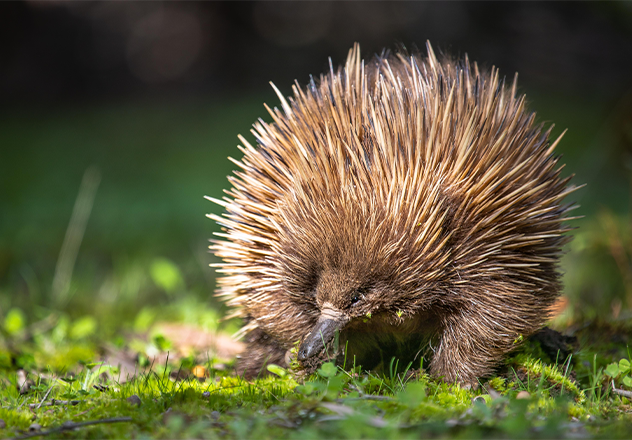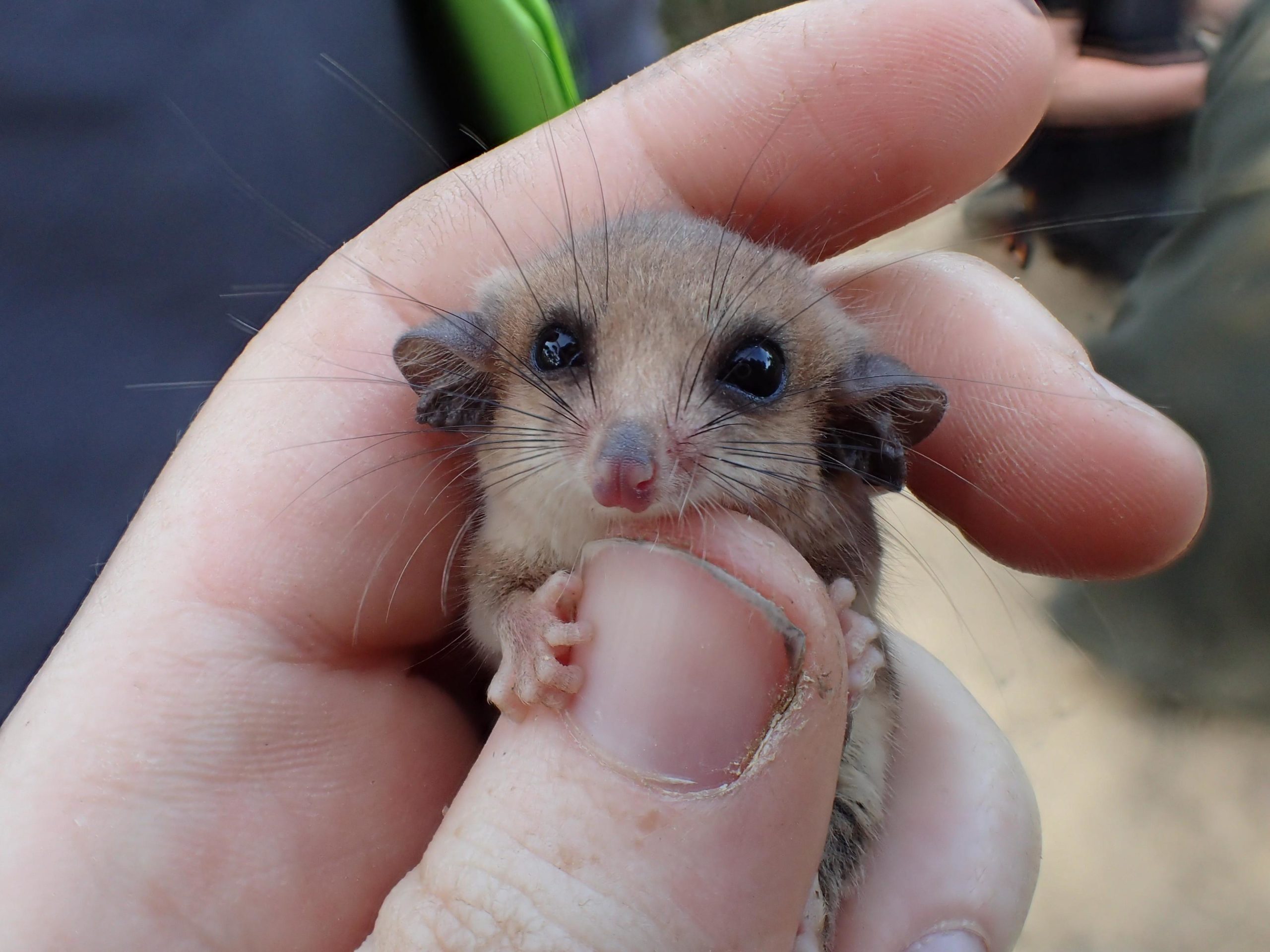On 20 December 2019, Kangaroo Island in South Australia – a refuge for some of the country’s most endangered species – was in the throes of summer storms. Thunder rumbled as dry lightning crackled and lit up the sky. It was a lightning strike, hitting the northern coast, that would spark a blaze so destructive it would become the worst in the recorded history of the island.
By the end of January 2020, almost half of Kangaroo Island had been reduced to desolate sandy hills and charred branches. In the southwest, 96 per cent of Flinders Chase National Park—one of Australia’s oldest national parks—was burnt. Homes were rendered uninhabitable for the already endangered Kangaroo Island Dunnart, Glossy Black Cockatoo, Kangaroo Island Echidna, and threatened Southern Brown Bandicoot (among others).

Taking swift action, AWC joined forces with local landholders and Kangaroo Island Land for Wildlife (KI LfW), a local conservation organisation, to help protect the remaining populations of several species from extinction.
The partnership led to the establishment of the Western River Refuge, (officially launched in February 2021), a jointly managed safe haven which protects over 369 hectares of critical habitat for threatened species, within an 8.8-kilometre-long feral predator-proof fence.
This month, AWC and KI LfW conducted surveys at ten sites, both inside the Western River Refuge and in the adjacent Western River Wilderness Protection Area, to gauge the recovery of wildlife populations.
Pat Hodgens, Field Ecologist for KI LfW, and Kangaroo Island resident, witnessed first-hand the devastation of the wildfires and the ongoing recovery over the last two years on the island.
“The bushfires were devastating, and we were particularly concerned for the Kangaroo Island Dunnart,” Hodgens said. “By some estimates, only 500 Kangaroo Island Dunnarts were there even before the fires impacted 95 percent of their habitat.”
“The Western River Refuge looks to now be protecting many species – not just Kangaroo Island Dunnarts. Feral cats are the major cause for mammal extinction in Australia and their occurrence on Kangaroo Island is a significant threat to local wildlife.
“The fenced haven we have created provides protection for our native species and it has been really rewarding to see the bush coming back to life,” Hodgens said. It is early days, but all signs are looking really good!” he says. “The results strongly suggest that feral predator removal is having a positive impact on the small mammals, which are slowly coming back. We have even detected female KI dunnarts with pouch young on camera traps so that is the greatest measure of success.”
 Alexandra Ross
Alexandra Ross
Native small animals, such as Western Pygmy Possums and Bush Rats, which suffered significant impacts to their populations after the fires, were also recorded at multiple sites within the predator-free area, along with four species of native frog. Unfortunately, none were encountered outside the fence during this particular survey.
Support Australian Wildlife Conservancy's work and safeguard the future of Australia's native species
Donate now